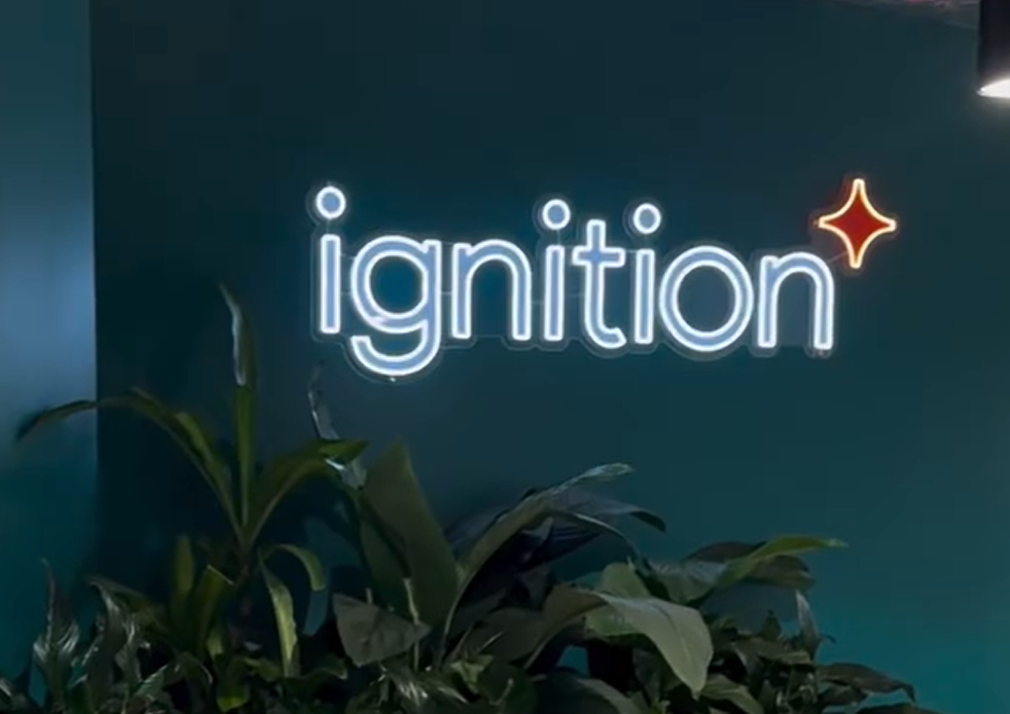One of the top challenges business executives face today is finding and retaining the best and brightest employees in their industry.
Three in five employers (63 percent) admit to CareerBuilder that they feel pressured to raise compensation rates because the market is getting more and more competitive for talent. It’s a difficult position to be in: feeling forced to pay more to attract talented employees who will further the business, while working to keep rates affordable so as not to turn away both current clients and new business.
Focusing on pay or perks over employee experience is the wrong way to recruit and retain talent. It doesn’t get to the root of the problem; instead, a business must start with the foundation and develop a solid employer brand.
The employer brand is truly an asset that builds equity. A company known to be one of the best places to work will draw in more top-teir candidates when hiring. Retaining top talent will help maintain current clients and attract new business, making the company more profitable. A study conducted by the University of Kansas for Glassdoor found a direct correlation between employer brand and revenue—companies with a higher overall rating on Glassdoor have an almost 8 percent jump in market value.
Developing an employer brand.
Like a business’s consumer brand, an employer brand doesn’t happen overnight. A lot of thought and consideration need to go into the planning and determination of how you want your business to be viewed by current and prospective employees. Start by revisiting the business’s purpose and core values. While these are both elements of the consumer brand, they’re also defining factors in building the employer brand.
If an employer value proposition (EVP) hasn’t yet been created, now is the time to do it. An EVP is the foundation for aligning what you say (a business’s purpose and core values) with what you do. It describes the “give and get” between employees and an employer—what is expected of employees and what they can expect in return.
Designing the employee experience.
Once the EVP is determined, the next step to form an employee experience to complement it. It’s important to intentionally build every aspect of the employee experience to tie back to the employer brand and EVP.
This is where some leaders get caught up in culture. While company culture plays a main role in the employee experience, it is just one of five factors that comprise an employer brand.
First and foremost, leadership is key. A company can not make a brand promise if the beliefs and behaviors of the business’s executives don’t align with the claims you make under your employer brand. Leadership is the front line; leaders must demonstrate the employer brand for it to be real.
The other four factors are:
- Environment: workstations, common areas, furniture and climate
- Operations: human relations, IT, internal communications and other necessary functions
- Technology and tools: the tools/technology/training/etc. needed to do optimal work
- Culture: the intangible environment motivating and empowering employees
For example, many companies today claim they are innovative and progressive. However, if the business’s leaders are stuck in their ways and haven’t created an environment with technology to support a tech-savvy, remote workforce, and they are working under outdated HR policies, the company is not actually innovative and progressive. If this is the case, the employer will not meet exployee expectations because of the disconnect between what they say and what they actually do.
Delivering on the brand promise.
Employees will be more engaged and productive when the employee experience and company’s employer values align.
In fact, Globoforce found that meaningful work is the single largest contributor to a positive employee experience. A clearly defined EVP informs a unique and meaningful experience, attracting not only the best and brightest talent, but also employees whose personal ideals align with the company’s values. When values align, employees more easily find meaning in their work.
Record-low unemployment rates are a benefit to the overall economy, but they leave business owners and executives in a tight spot. The unemployment rate for college-educated Americans currently sits around 2 percent and is projected to fall a bit more throughout this year. It’s no wonder that in a recent survey by Robert Half, 65 percent of CFOs admitted they are having trouble finding skilled workers to fill current openings. While it will take time and effort to make changes to align the business’s values and experience, company leaders will soon see the return on investment in talent recruitment, employee retention and the business’s bottom line.
——
Heidi Mausbach is president and CEO of Ervin & Smith where she currently consults on employer branding with companies looking to attract and retain top talent.
Thanks for reading CPA Practice Advisor!
Subscribe Already registered? Log In
Need more information? Read the FAQs
Tags: Payroll, Technology





